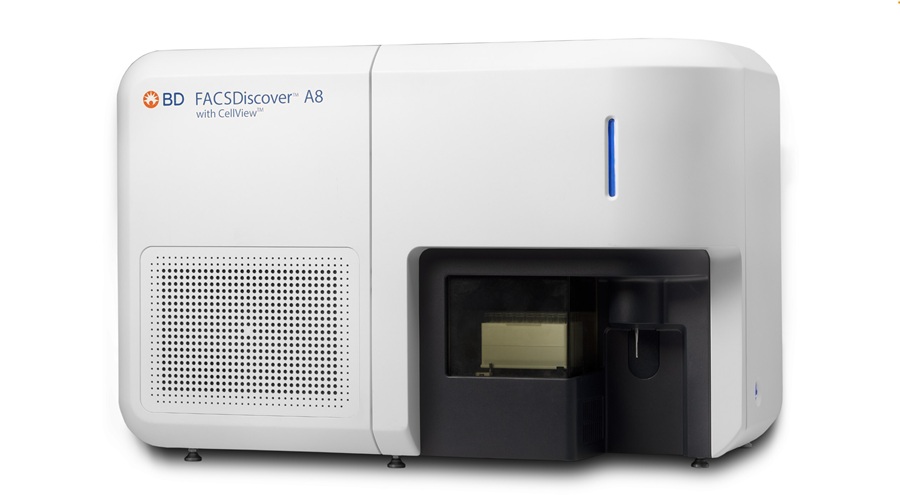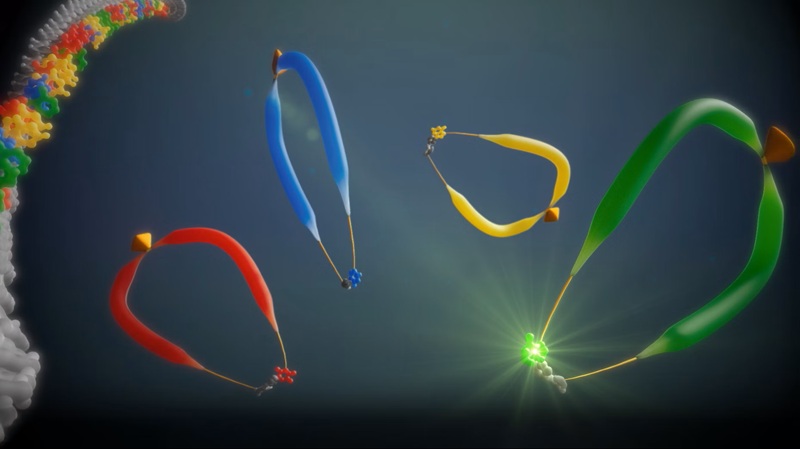AI Paving the Way for New Generation of Medical Diagnostic Devices
By LabMedica International staff writers
Posted on 22 Aug 2019
The development of deep learning and neural networks has led to artificial intelligence (AI) gaining learning capabilities, as a result of which some new AI tools are now better than human eyes at recognizing patterns. This is paving the way for the emergence of a new generation of medical diagnostic devices that are capable of surpassing the detection skills of the best medical practitioners.Posted on 22 Aug 2019
These are the latest findings of Research and Markets, (Dublin, Ireland), a global market research company.
The ability to replicate AI has made the expertise of such medical diagnostic devices accessible to a large number of patients. Additionally, AI finds numerous and diverse applications in medical diagnostics, such as image analysis for tumor detection, video detection for gait disorders and fall prediction, biochemical tests such as for diabetes or speech analysis of emotional state and psychiatric disorders. Hence, AI will significantly disrupt the traditional model of medical diagnosis.
Since 2016, companies working on the development of AI for medical imaging have made investments of more than USD 1.1 billion. In addition to big medical diagnostic systems manufacturers, the number of Intellectual Property (IP) newcomers is also important and growing. Unlike as in the case of development of new medical devices, the costs for developing AI software are moderate. As a result, the number of IP newcomers developing innovative software is likely to continue to increase sharply over the coming years.
The emergence of several new companies, coupled with the various advantages and new applications of AI for medical diagnostics, makes it crucial to understand the IP position and strategy of the different players. An analysis of the time evolution of patent publications reveals that the development of medical diagnostic systems with built-in computer-assisted detection features is not new, and the first patents related to this topic were published in the 1980s. During the 1990s, Japanese manufacturers of medical imaging systems began investing in investigations into this field to be soon followed by European companies and later by American companies. The number of patent families published each year increased progressively until 2015 and has increased rapidly since then, with more than 1,100 new patent families published in 2018. This indicates that AI in medical diagnostics is a very hot topic that is mobilizing great R&D efforts from different players.
Among the players who have filed patents related to AI in medical diagnostics, over 90 are newcomers, out of which most are startup firms currently developing their first products. These products include software solutions such as software for ultrasound imaging analysis, image resolution improvement or real-time brain monitoring, or medical devices that are capable of live analysis of biological parameters, such as blood glucose monitoring apparatus, sleep monitoring sensors and ECG. Several IP newcomers are based in the US while some are based in Israel, in Europe or in Asia. Some of these innovative companies could become one of the next healthcare unicorns, making them potential acquisition targets for big corporations.
Related Links:
Research and Markets














